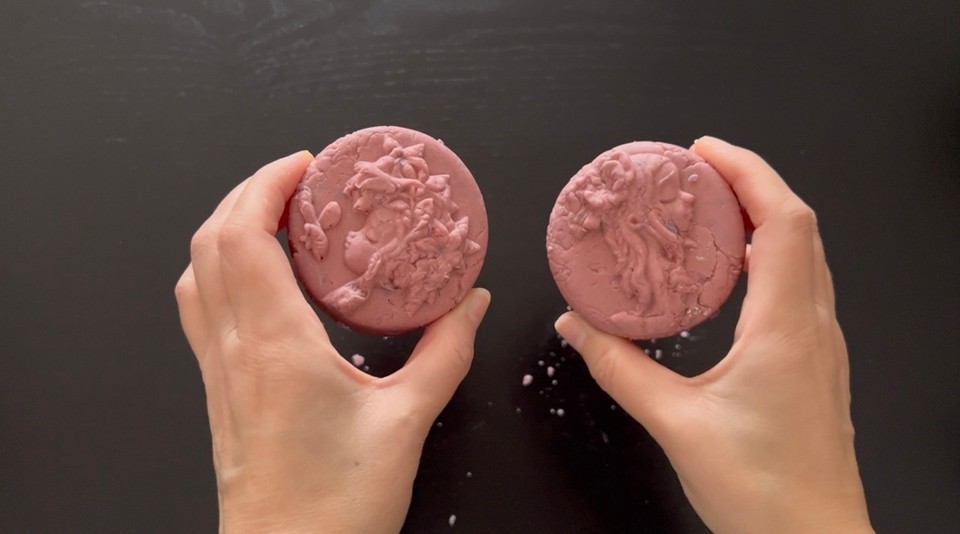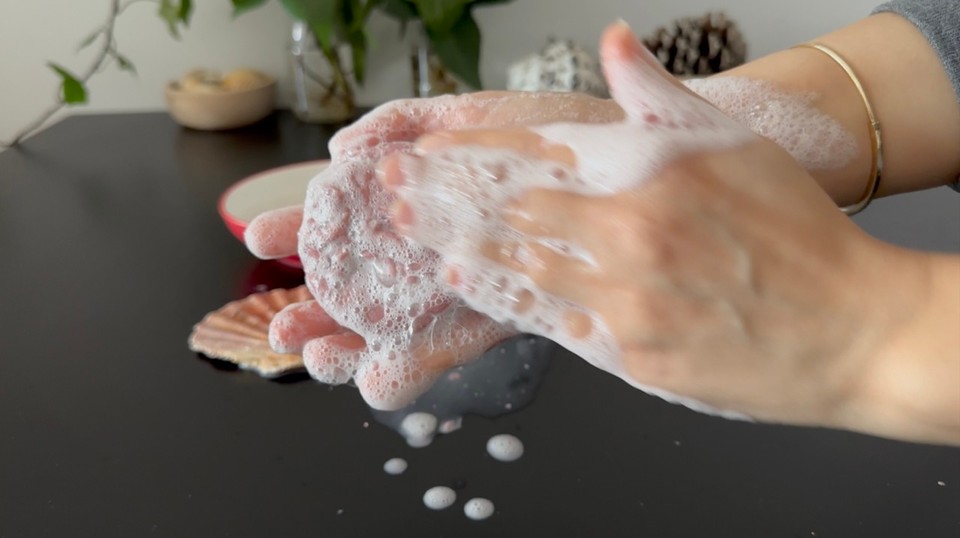Balancing Gentle Solid Shampoo
| Phase | Ingredient | Percent (%) | Weight (g) |
|---|---|---|---|
| Phase A | SCI (INCI - Sodium Cocoyl Isethionate) | 55 | 55 |
| Stearic acid | 3 | 3 | |
| Jojoba wax (INCI - Hydrogenated Jojoba Oil) | 4 | 4 | |
| Cetyl alcohol | 4 | 4 | |
| Glyceryl Stearate Citrate (emulsifier) | 3 | 3 | |
| Phase B | Rice starch (INCI - Oryza Sativa Starch) | 15 | 15 |
| Phase C | Decyl glucoside | 5 | 5 |
| Rose hydrosol (INCI - Rosa Damascena Distillate) | 4 | 4 | |
| Citric acid | 1.2 | 1.2 | |
| Phase D | Lavender essential oil | 1 | 1 |
| Cosgard (INCI - Benzyl Alcohol, Dehydroacetic Acid, Aqua) | 0.8 | 0.8 | |
| Coco caprylate | 4 | 4 |
*** For the purple color blue and red oxides / mica color
You can help support my website and channel through the “buy me a coffee” page.
Here is the link: https://www.buymeacoffee.com/diycosmetica
Your support helps me keep sharing here more information and more formulas.
The Balancing Gentle Solid Shampoo is designed to be effective yet mild, making it suitable for various hair types.
The formulation intentionally avoids hard butters and some heavy oils to keep the shampoo bar balanced and gentle. Oils and butter, while nourishing, can be too heavy for certain hair types, leading to buildup in the hair and scalp. Instead, I chose ingredients to ensure the shampoo bar cleanses and conditions, leaving the hair feeling light and refreshed.
If you want to read about the basics of making a shampoo bar, check out this post about shampoo bars for beginners.
If you prefer a liquid shampoo, you have formulas for moisturizing shampoo for dry hair and refreshing shampoo for oily hair.
In this formula, I combined two mild surfactants: SCI and Decyl glucoside. Both surfactants are known for their mildness, ensuring the shampoo cleans without stripping hair of its natural oils or irritating the scalp. Sodium Cocoyl Isethionate (SCI): Derived from coconut oil, SCI is renowned for its mild and gentle cleansing capabilities. It generates a creamy, luxurious lather that effectively removes dirt and excess sebum without compromising the scalp or hair's natural protective layer. Its nurturing properties make it ideal for a variety of hair textures, especially those that are sensitive, dehydrated, or have suffered damage. Decyl Glucoside: This gentle, non-ionic surfactant is sourced from natural ingredients like corn glucose, known for its soft cleaning properties. Decyl Glucoside is suitable for any hair type. The combination of these surfactants creates a luxurious lather.
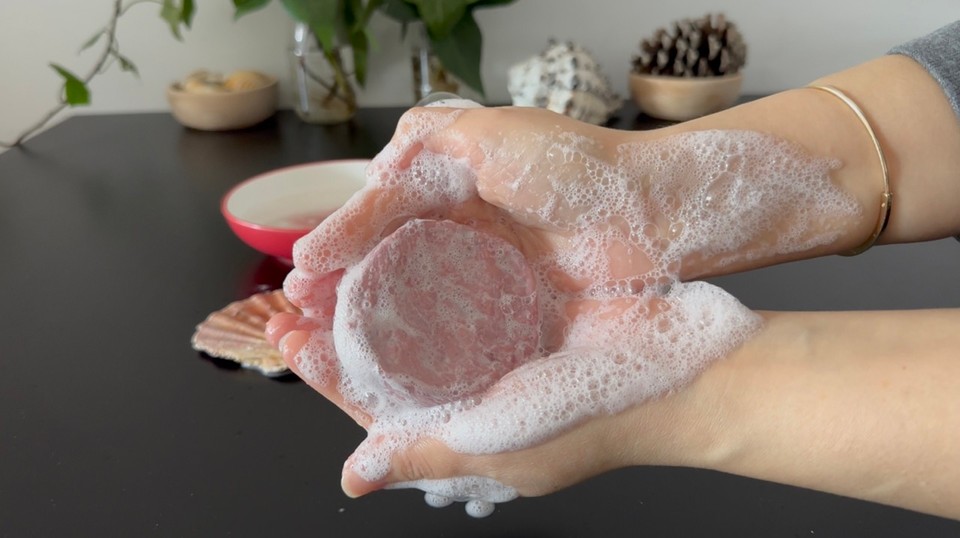
For emollients, I used stearic acid, Jojoba wax, cetyl alcohol and coco caprylate.
Stearic acid, known for its effectiveness as a thickener, co-emulsifier, and hardening agent in shampoo bars, also has emollient properties (by creating a moisture-locking barrier along the hair shaft. This barrier not only helps to retain hydration but also aids in the overall application and spreadability of the shampoo). Stearic acid also improves the shampoo's consistency and formulation stability, helping with applying the shampoo; it helps spread the shampoo throughout the hair evenly. You can replace the stearic acid with palmitic acid or cetearyl alcohol.
Hydrogenated Jojoba Oil (jojoba wax) is an excellent moisturizer that helps to condition the hair and scalp. Its similarity to the sebum produced by human skin makes it particularly effective in regulating moisture levels without leaving a greasy residue. It can help improve hair strength and elasticity, reducing the risk of breakage (by coating the hair shaft, it protects against external damage, making the hair more resilient and less prone to snapping and splitting). Hydrogenated Jojoba Oil has antibacterial properties that help maintain a healthy scalp, reducing the risk of dandruff and other issues. Unlike many oils that can leave hair feeling heavy and greasy, Hydrogenated Jojoba Oil is light and easily absorbed. It leaves the hair feeling soft and smooth without weighing it down. The solid form of Hydrogenated Jojoba Oil also contributes to the hardness and longevity of the shampoo bar. You can replace the Jojoba wax with hydrogenated castor oil.
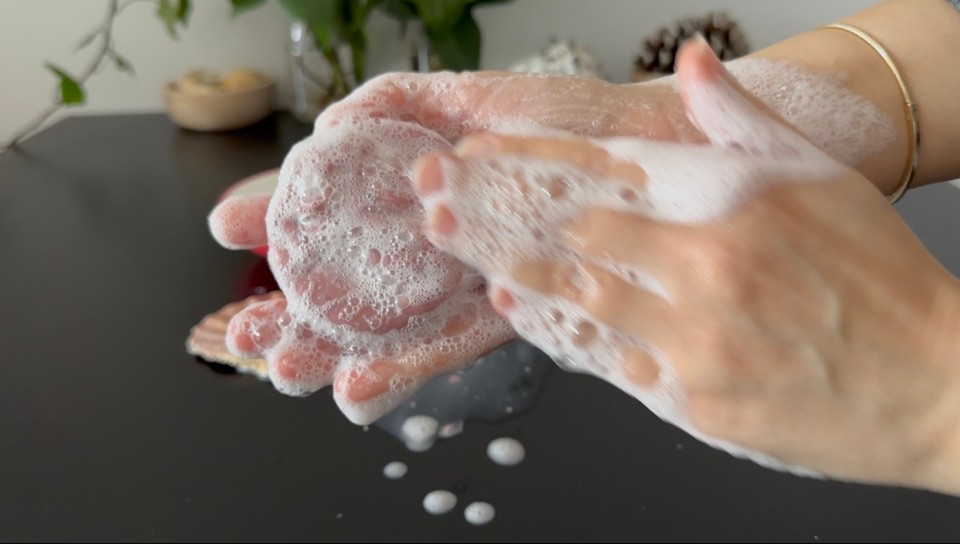
Cetyl alcohol also helps keep hair hydrated and adds a silky texture to the final product. It helps smooth the hair cuticles and leaves hair feeling softer and smoother. This conditioning effect can reduce static and frizz, making hair easier to detangle and style. It also serves as a thickening agent, contributing to the solid form of the shampoo bar.
Coco Caprylate is a light, non-oily moisturizer derived from coconut oil. It helps prevent the hair and scalp from drying out without feeling heavy or greasy. This ingredient also makes the shampoo bar smooth, so it slides easily over the hair and scalp when you use it. It's gentle enough for people with sensitive scalps, offering moisture and softness without irritating the scalp. You can use Isoamyl Laurate, Squalane or fractionated coconut oil to replace the coco caprylate.
For an emulsifier, I used Glyceryl Stearate Citrate. This emulsifier helps achieve a smoother and creamier texture in the shampoo bar, making it easy to apply to the hair and scalp. Glyceryl Stearate Citrate also has moisturizing properties.
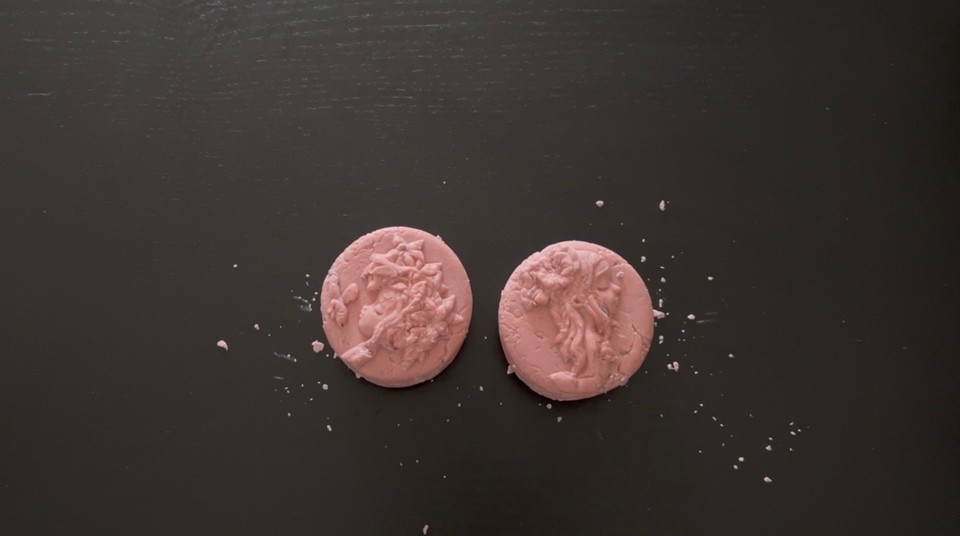
I added Rice starch to this formulation. Rice starch helps absorb oil and sebum from the scalp without stripping the hair of its natural moisture. It also adds volume and texture to the hair. Rice starch adds a silky texture to the shampoo bar. You can replace the rice starch with cornstarch or arrowroot powder.
In phase C, I used citric acid to adjust the pH level of the shampoo. Citric acid also serves as a chelating agent that effectively binds to metal ions commonly found in tap water. These ions contribute to the fading of hair color and can leave the hair looking dull. By neutralizing these metals, citric acid helps preserve the brightness and longevity of hair color, ensuring the hair's color remains vibrant.
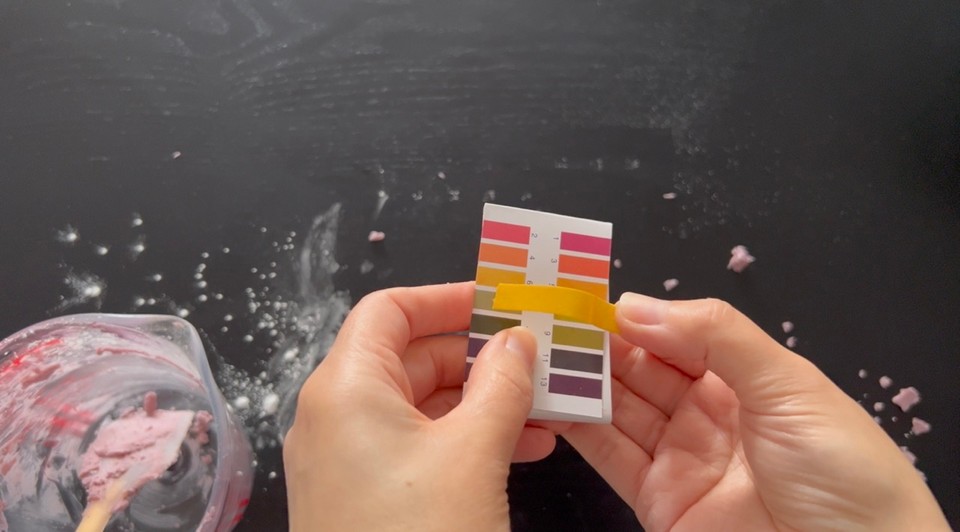
I dissolved the citric acid in some rose hydrosol and the decyl glucoside. Rose hydrosol has anti-inflammatory and hydrating properties that help to soothe scalp irritation. Rose water also adds a gentle scent to the shampoo bar. You can use lavender hydrosol, distilled water or aloe vera liquid to replace the rose hydrosol.
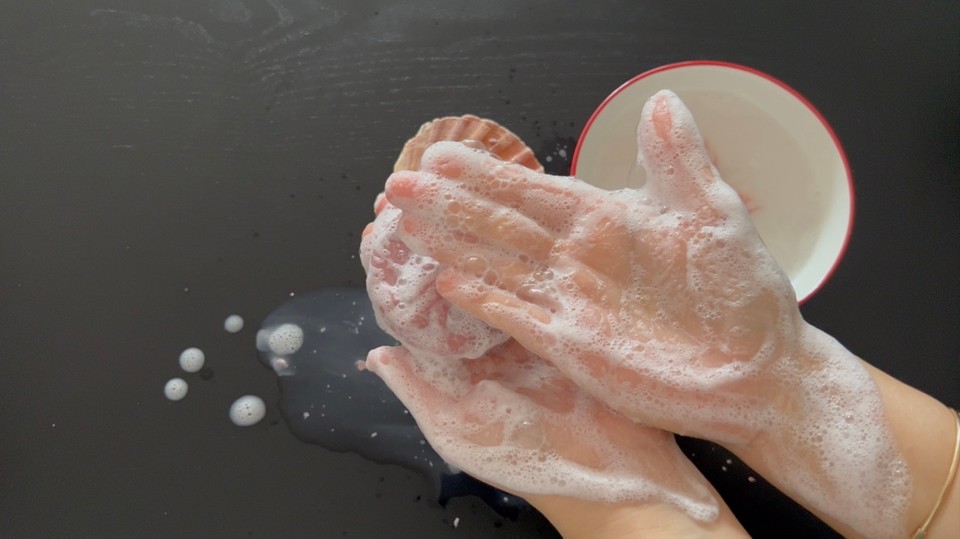
To create the purple color I combined ultramarine blue oxide and red oxide. The primary benefit of purple in a shampoo bar is its ability to neutralize unwanted yellow or brassy tones in light-colored hair. Purple sits opposite yellow on the color wheel, and when applied to hair, it counteracts the appearance of yellow tones, making blonde or silver hair look brighter and more vibrant. A purple-toned shampoo bar is particularly beneficial for those with blonde, gray, or bleached hair, as it improves their color quality. It neutralizes unwanted yellow or brassy shades, preserving and enhancing cool, ashy, or platinum hues. This action produces a more lively and refreshed hair color, keeping it looking its best. I used more blue oxide than red oxide. You can mix different amounts to reach your desired color. You can use purple mica color instead of combining the blue and red oxides.
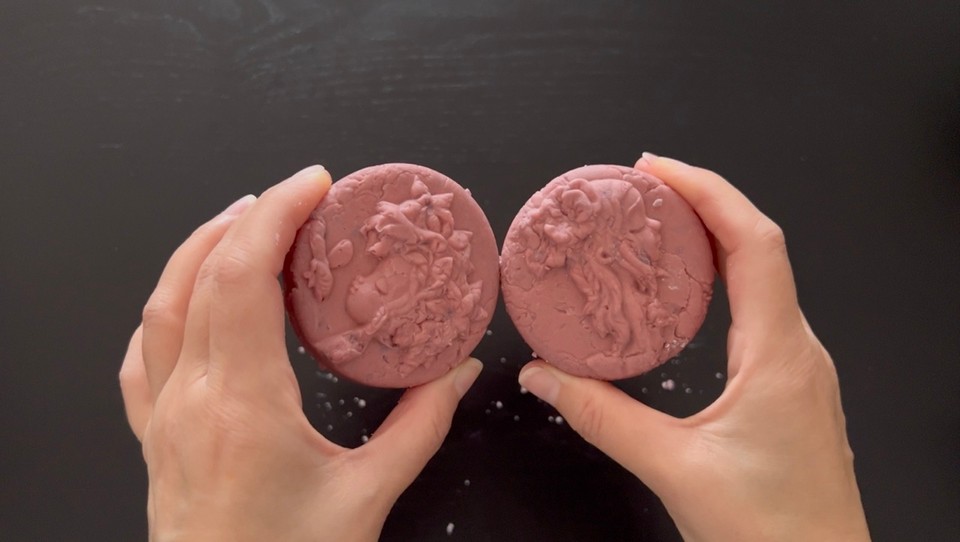
For scent, I used lavender essential oil. The lavender essential oil has antimicrobial and anti-inflammatory properties; it can help soothe and calm irritated scalp conditions, reducing redness, itchiness, and dandruff. You can use a combination of lavender and rosemary essential oils or use a fragrance oil instead.
If you use a different preservative, use it according to your supplier's instructions.
Use the calculator to adjust the amount you wish to make.
Method:
- In a heat resistance beaker, add phase A ingredients. Use a respiratory mask when you add the SCI to avoid respiratory irritation.
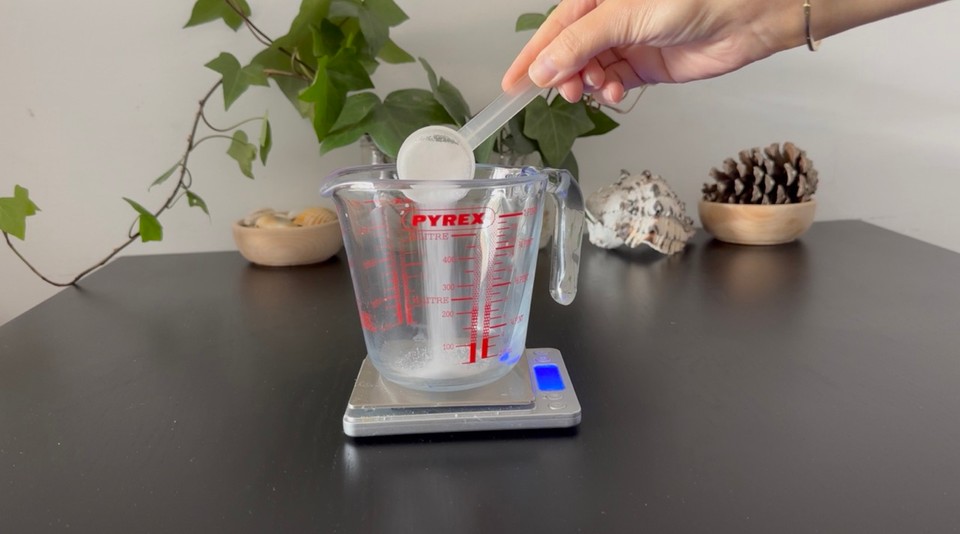

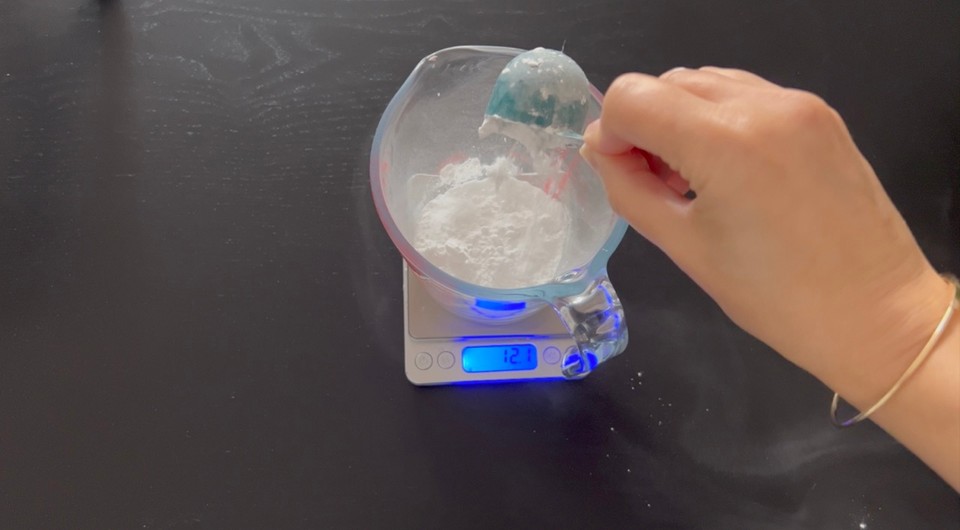
- Place phase A into a double boiler on medium heat for 25-35 minutes until the mixture forms a paste-like consistency.

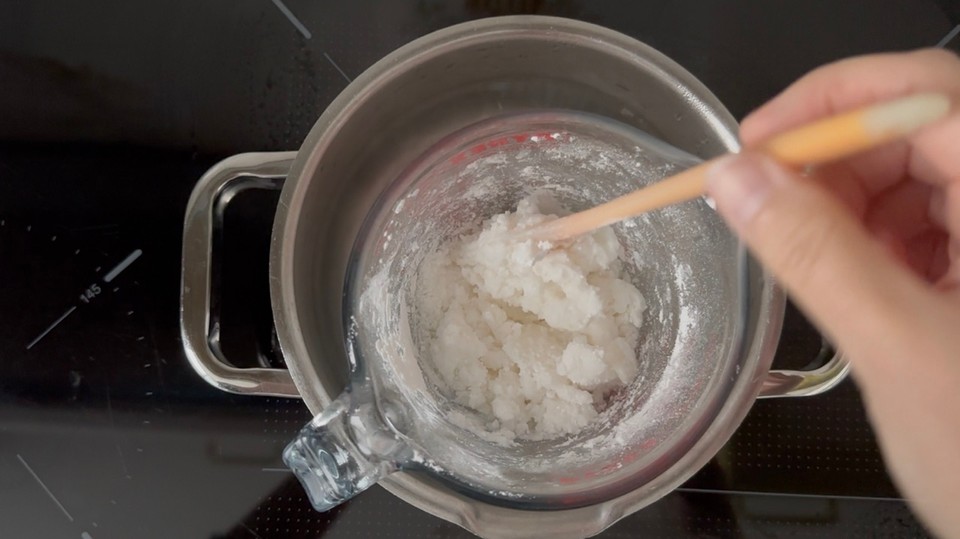
- While phase A is heating, prepare phase B. Set it aside.
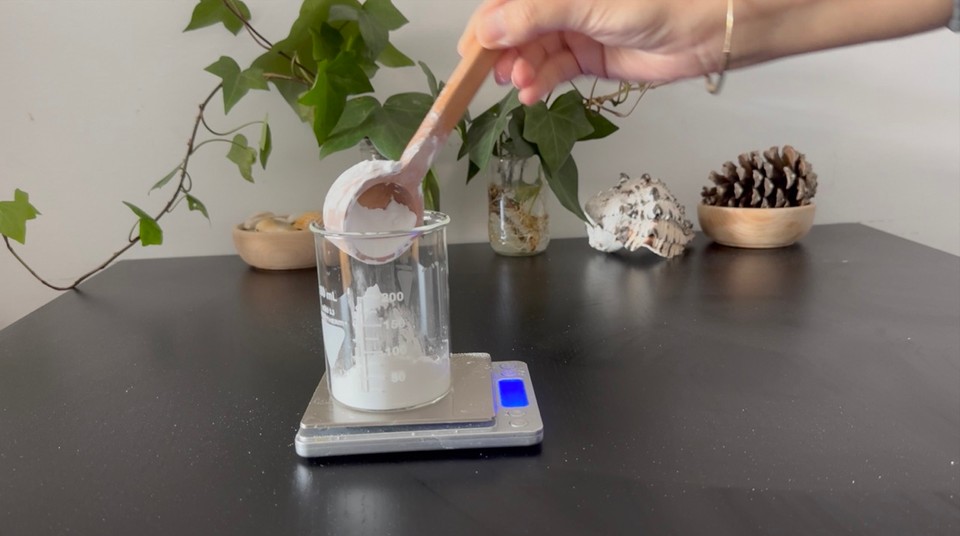
- Prepare the mix of the colors, if you use mica color prepare it in a bowl and set aside.
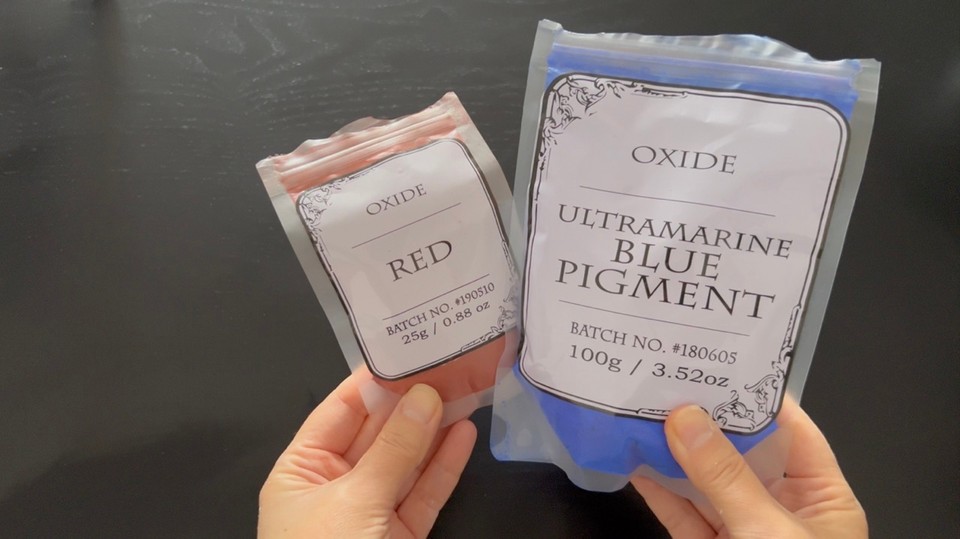
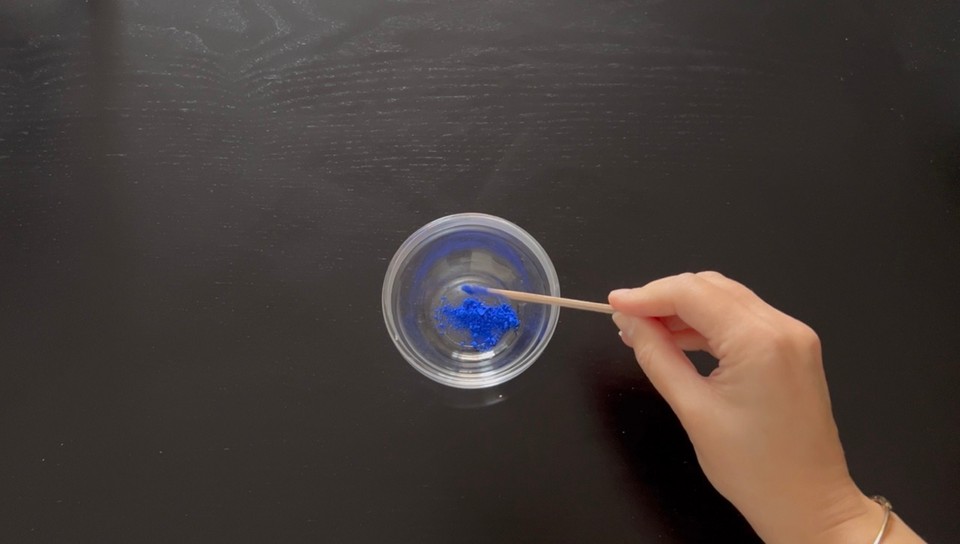

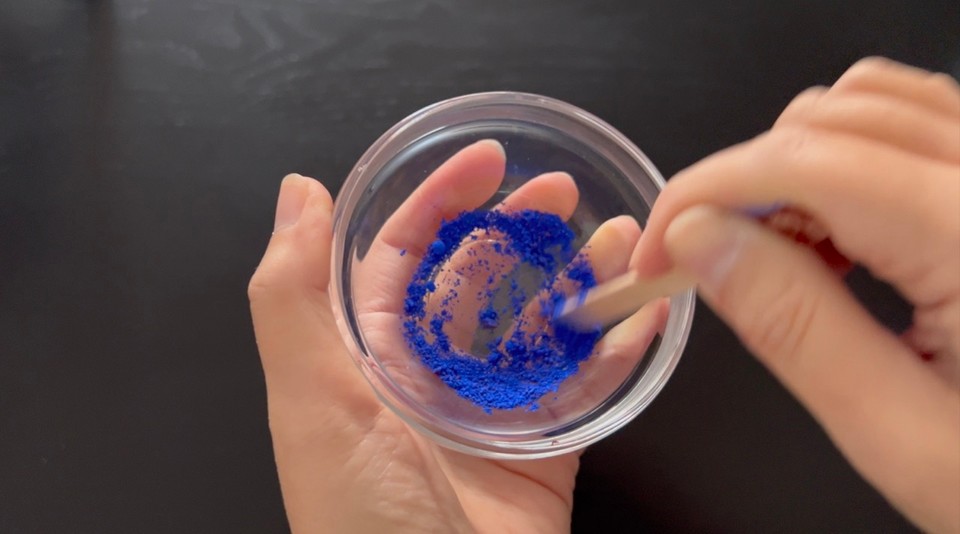
- Prepare phase C, set aside.
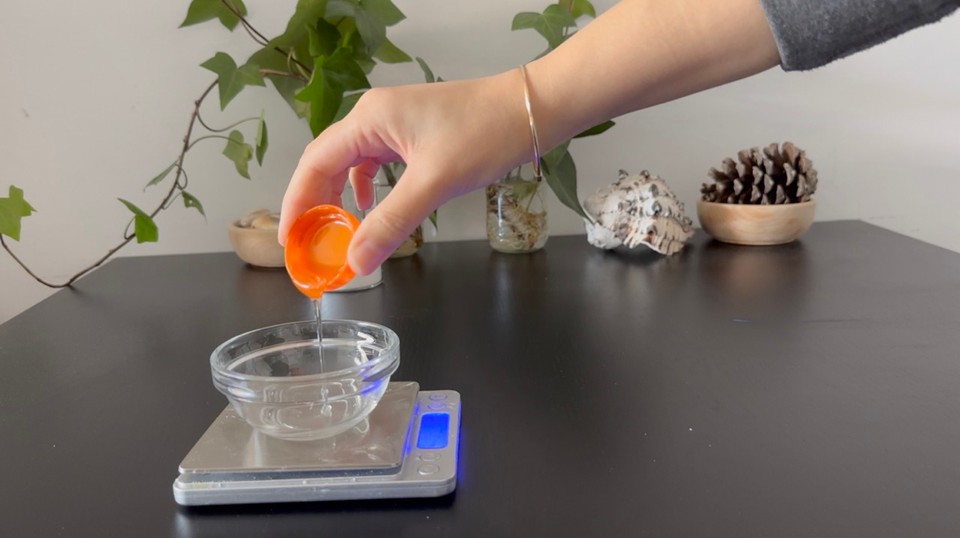
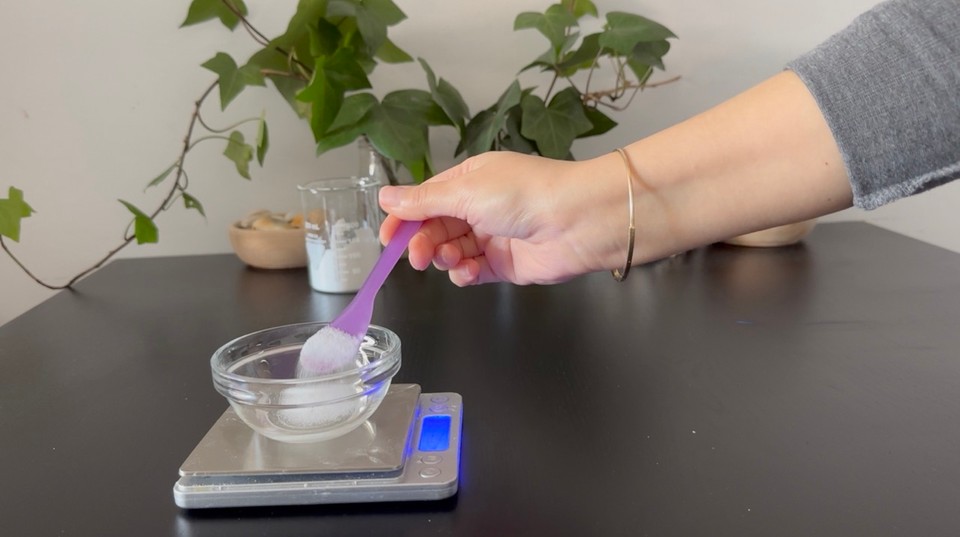
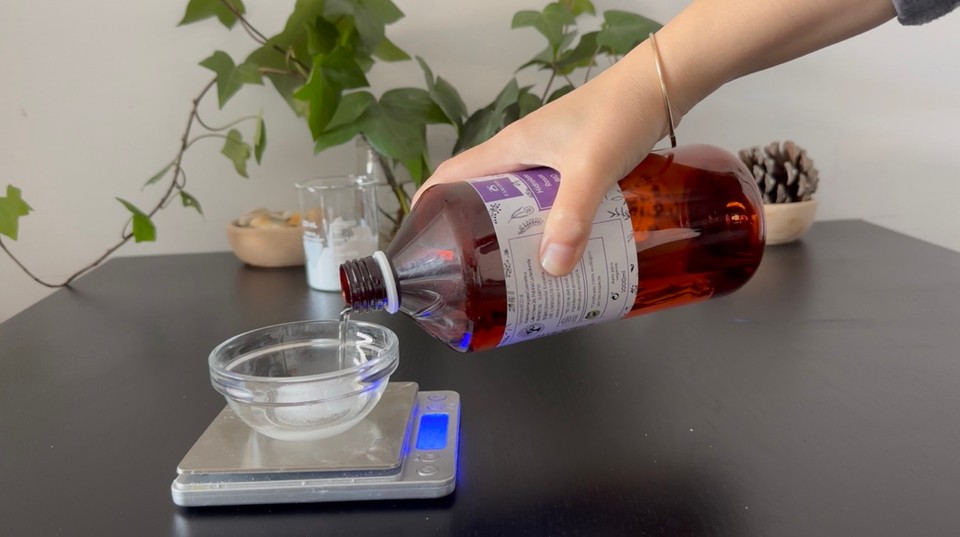
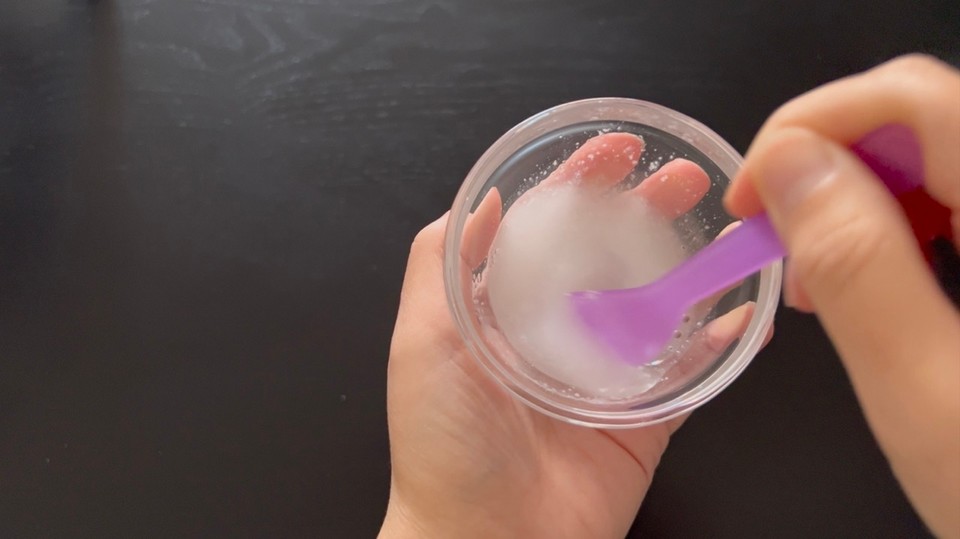
- Prepare phase D, set aside.
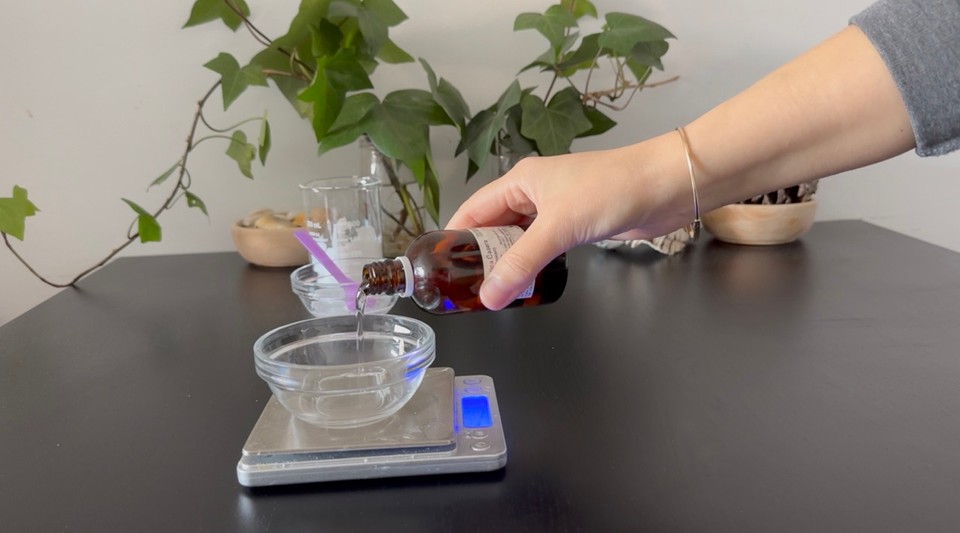

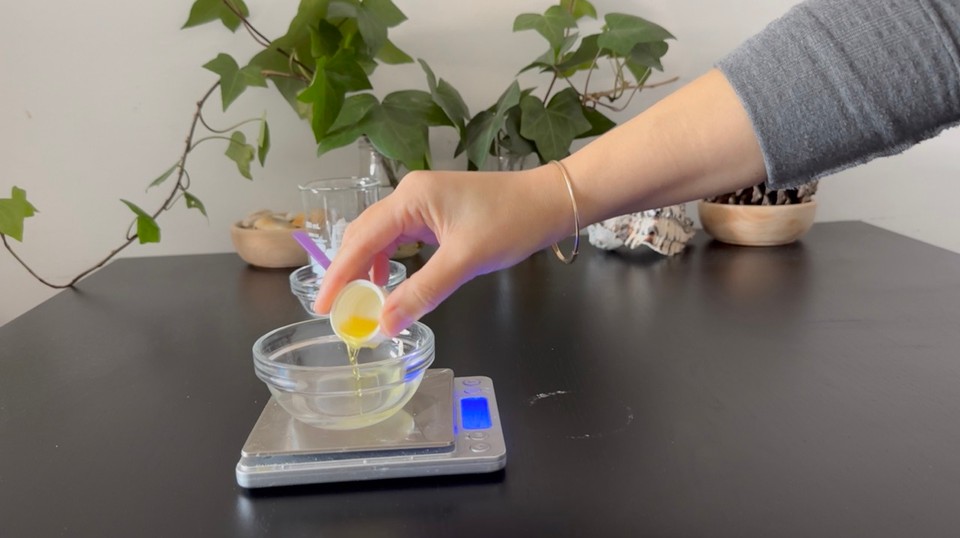
- While phase A is heating, add the color and mix to combine until you get a creamy fluid mixture.
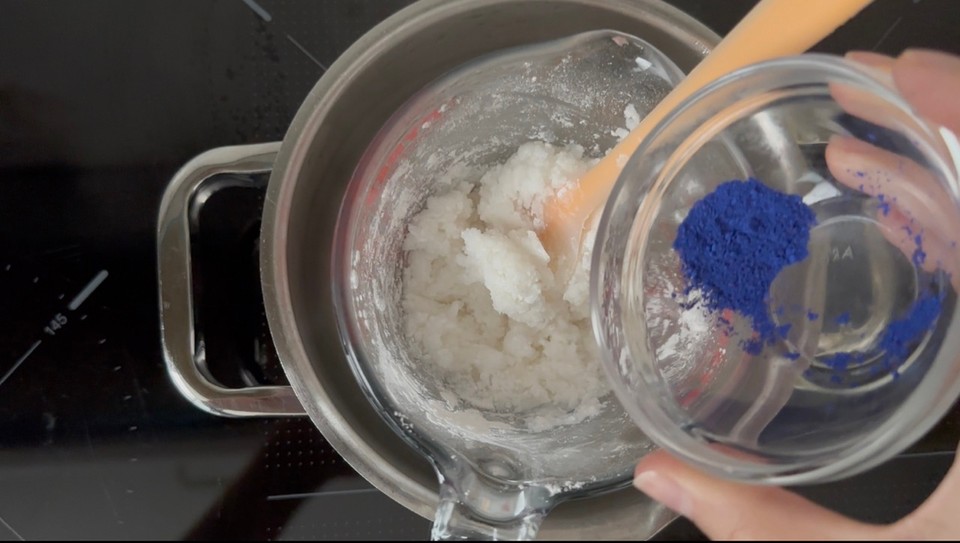
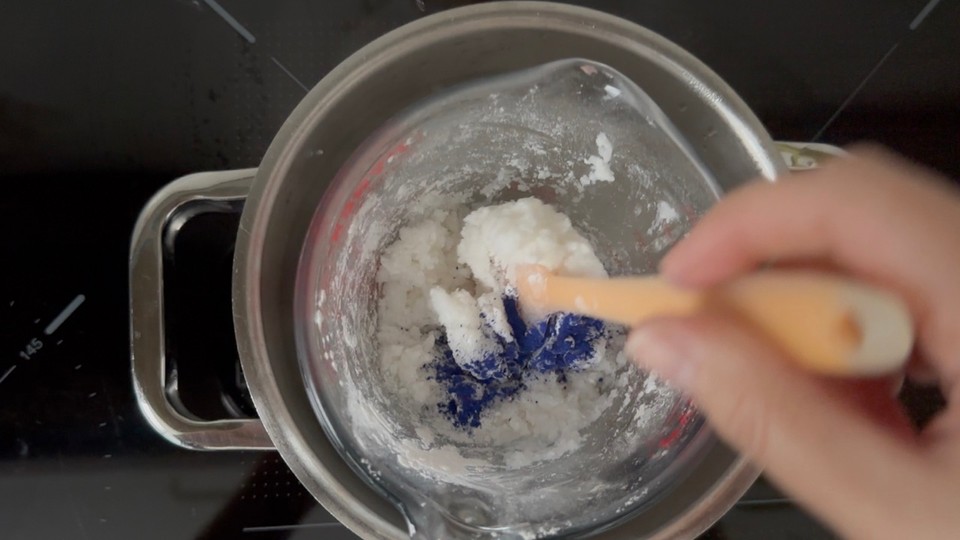
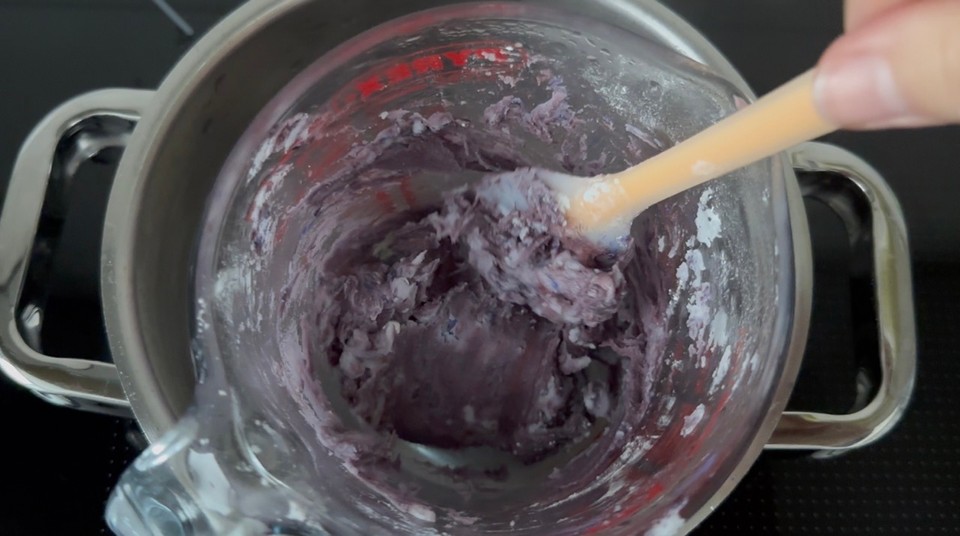
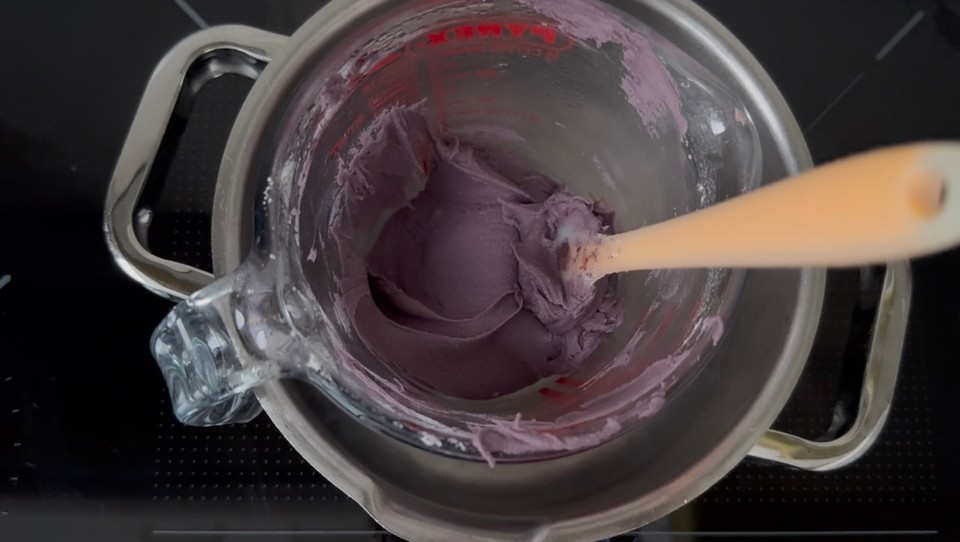
- Remove phase A from the heat. Add phase B and mix to combine.
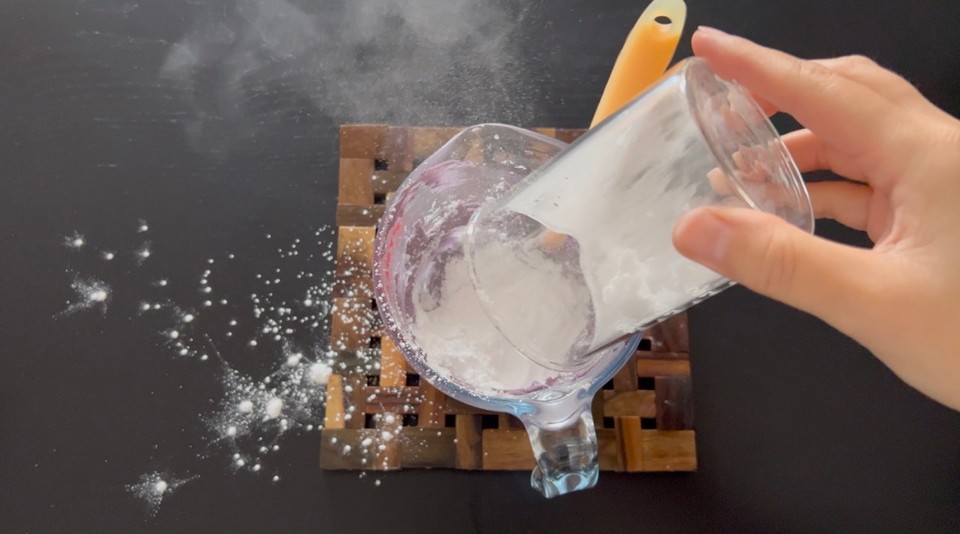
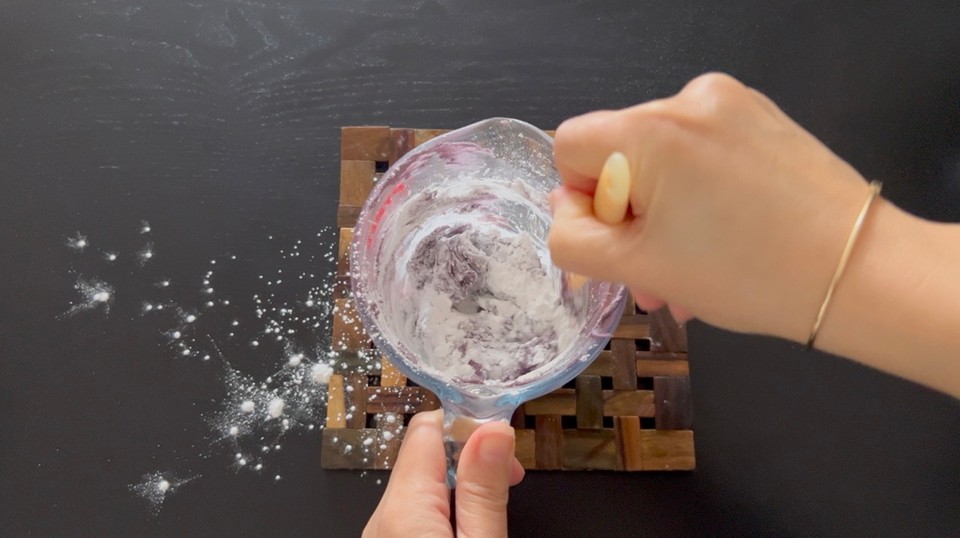
- Add phases C and D, and mix to combine.
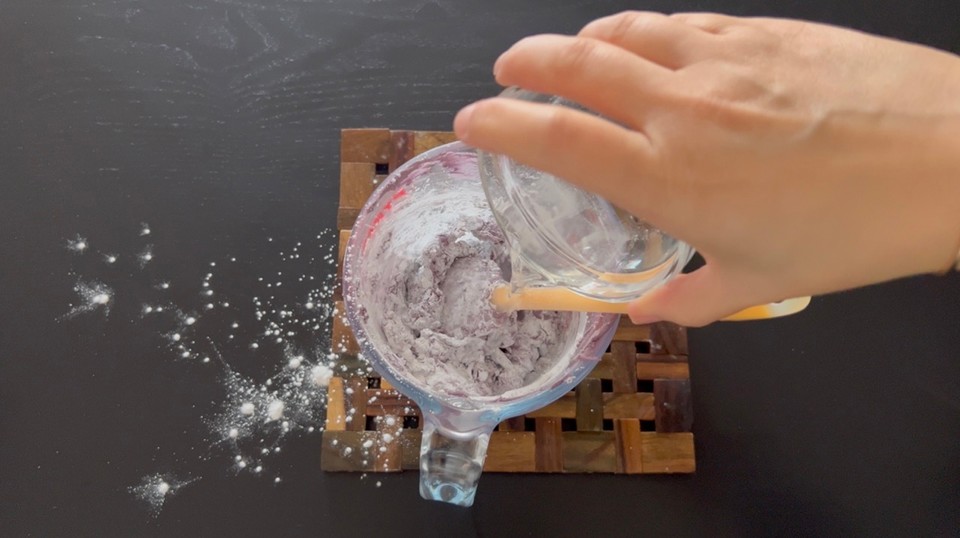
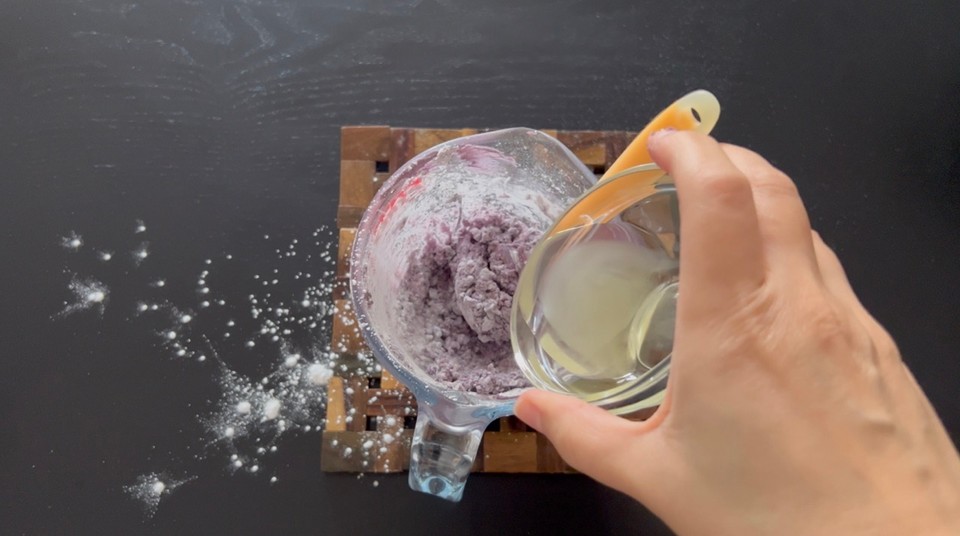
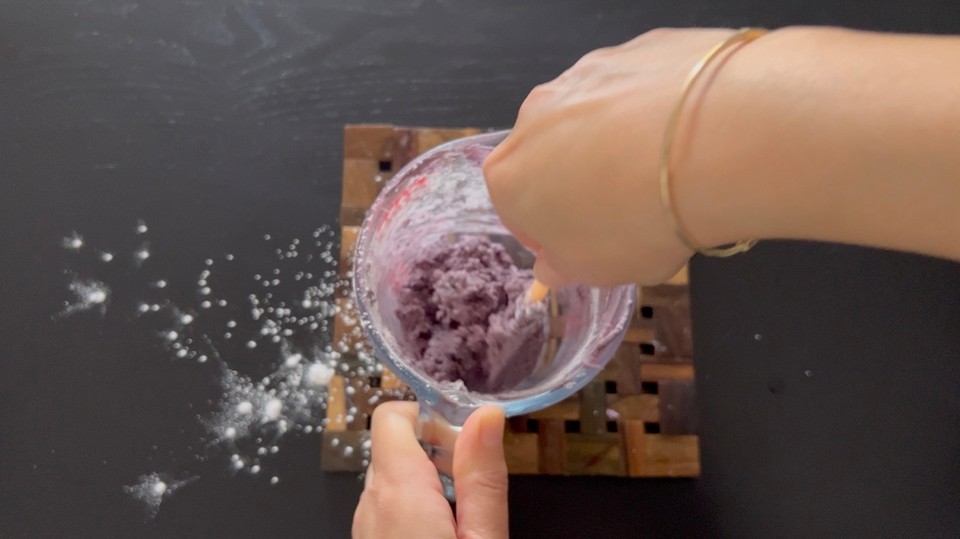
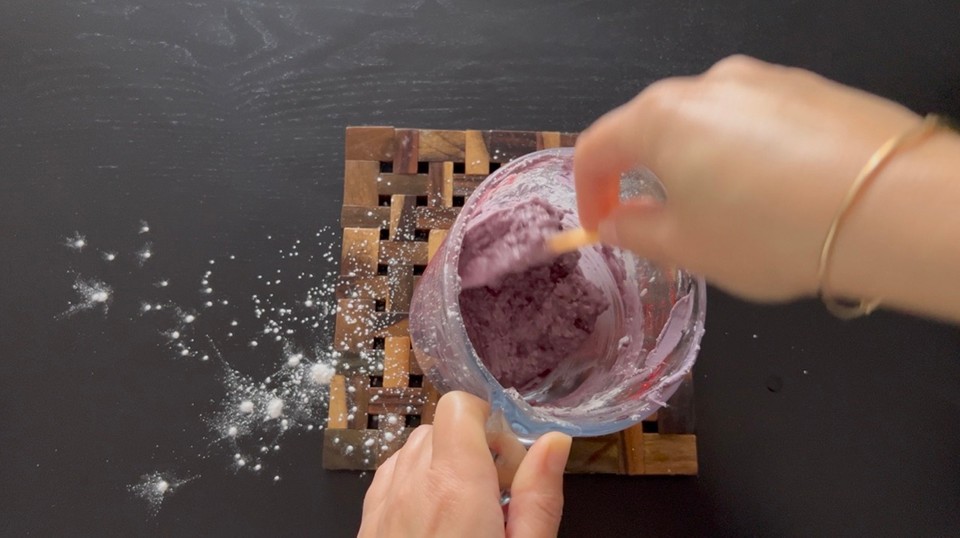
- Place the mixture into molds and try to squeeze and tighten the mixture as much as possible.
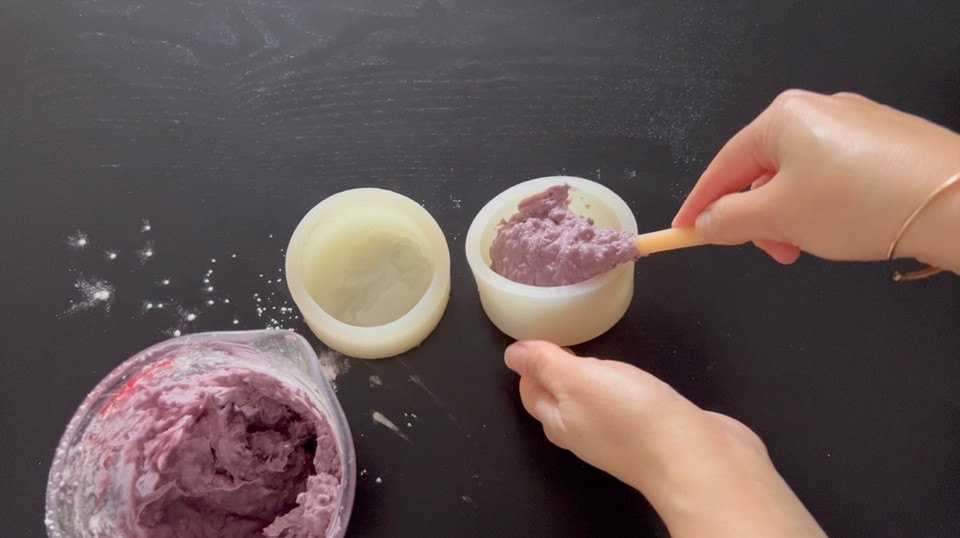
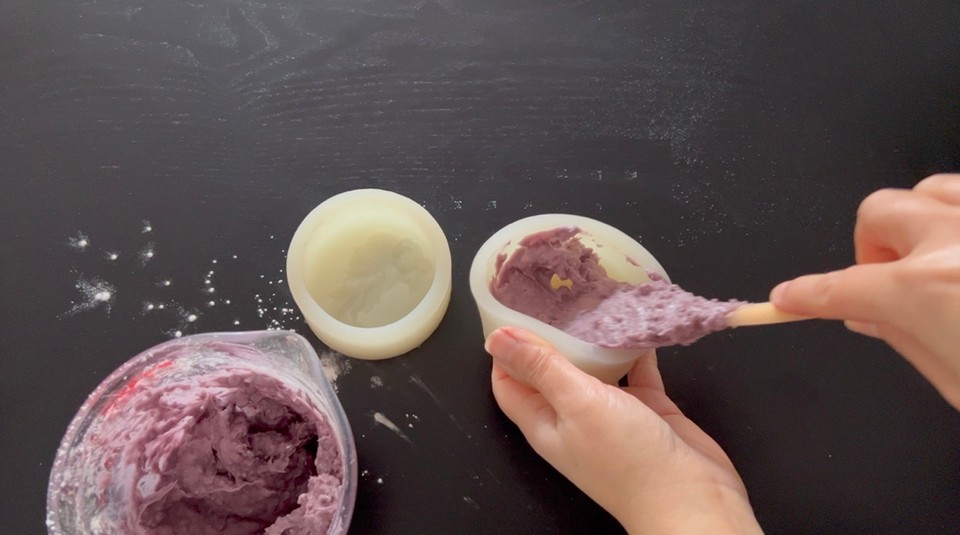
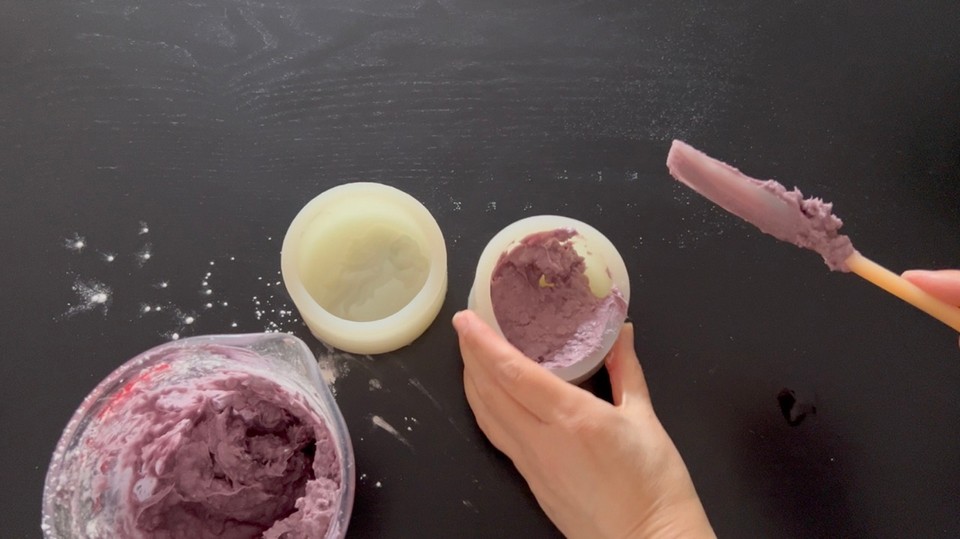
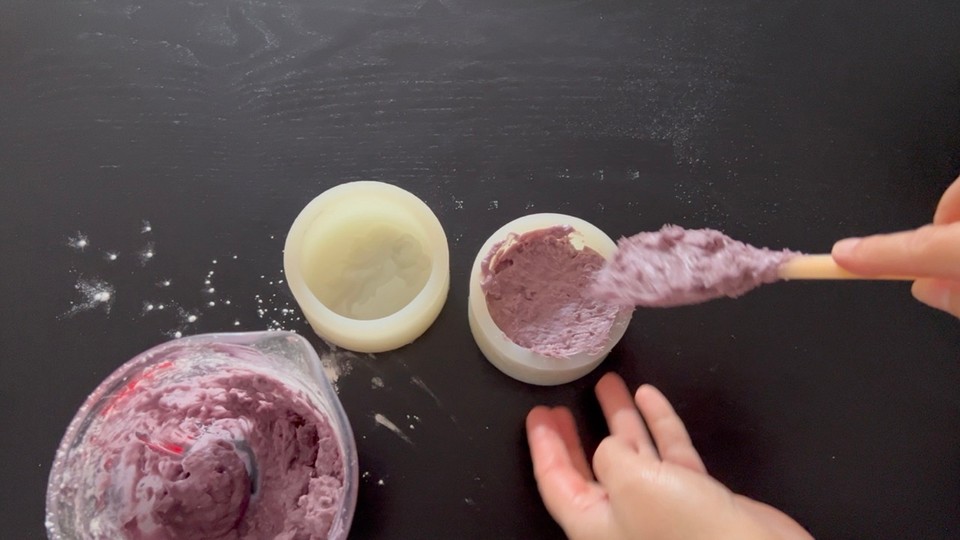
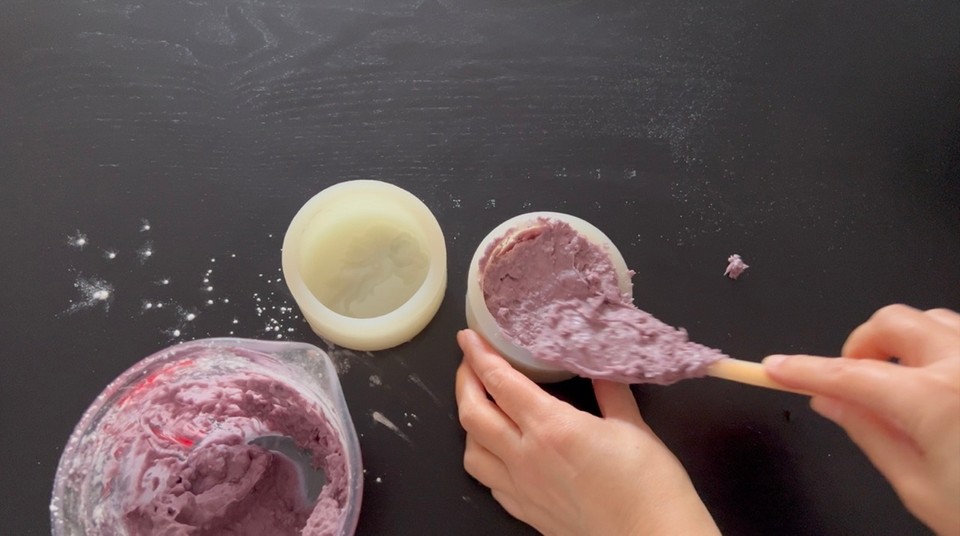
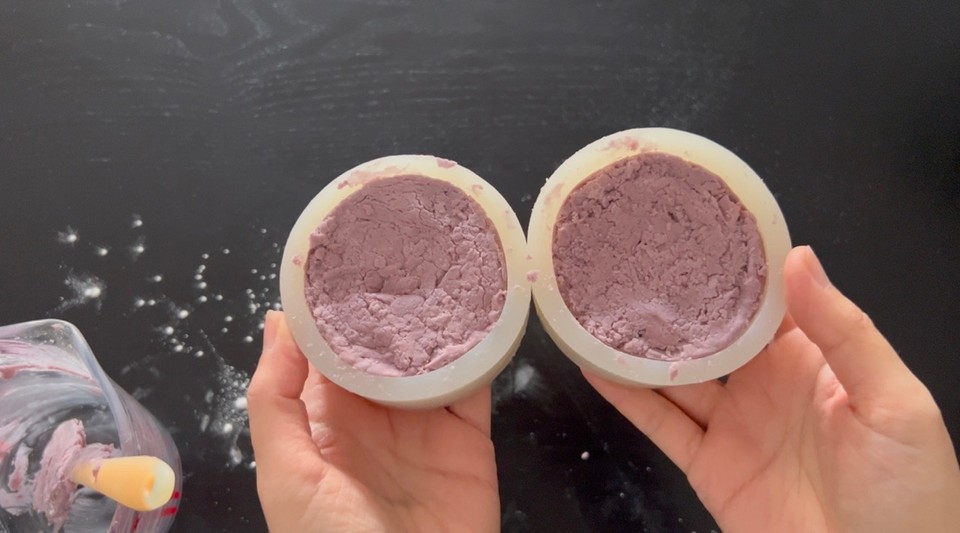
- Leave the bars in the mold for 6-8 hours to solidify, or place them in the fridge for 2 hours to speed up the process.
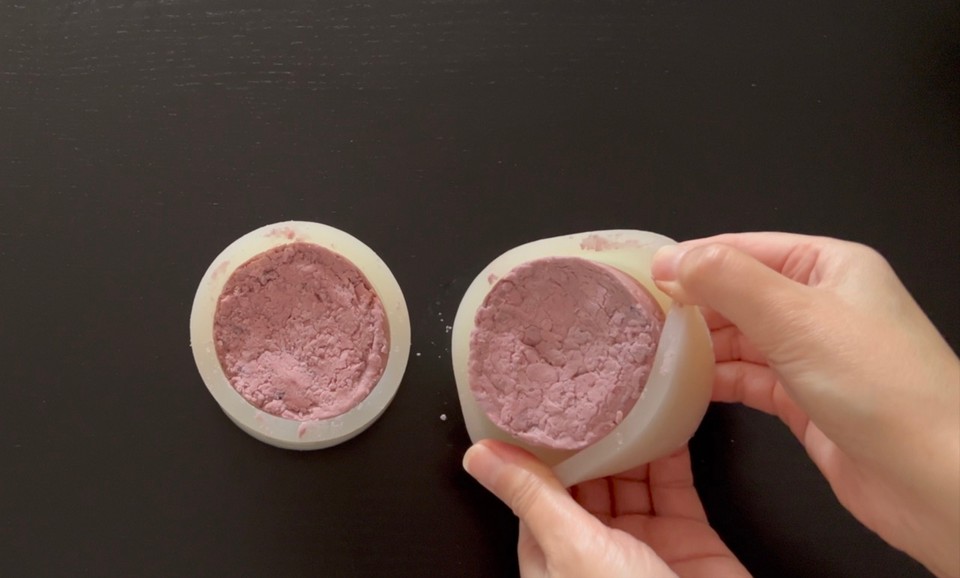
- Unmold the bars after a few hours.

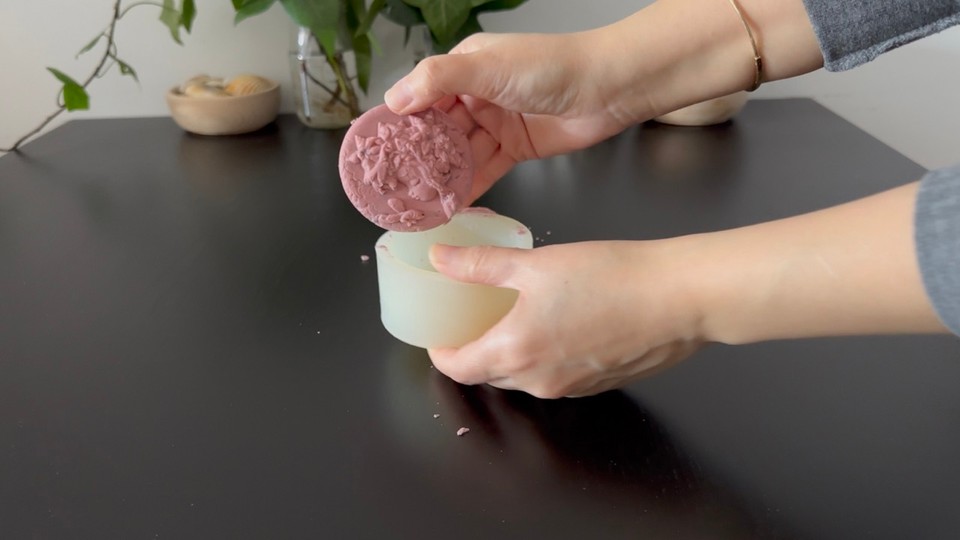
- Enjoy your balancing gentle shampoo bars!
